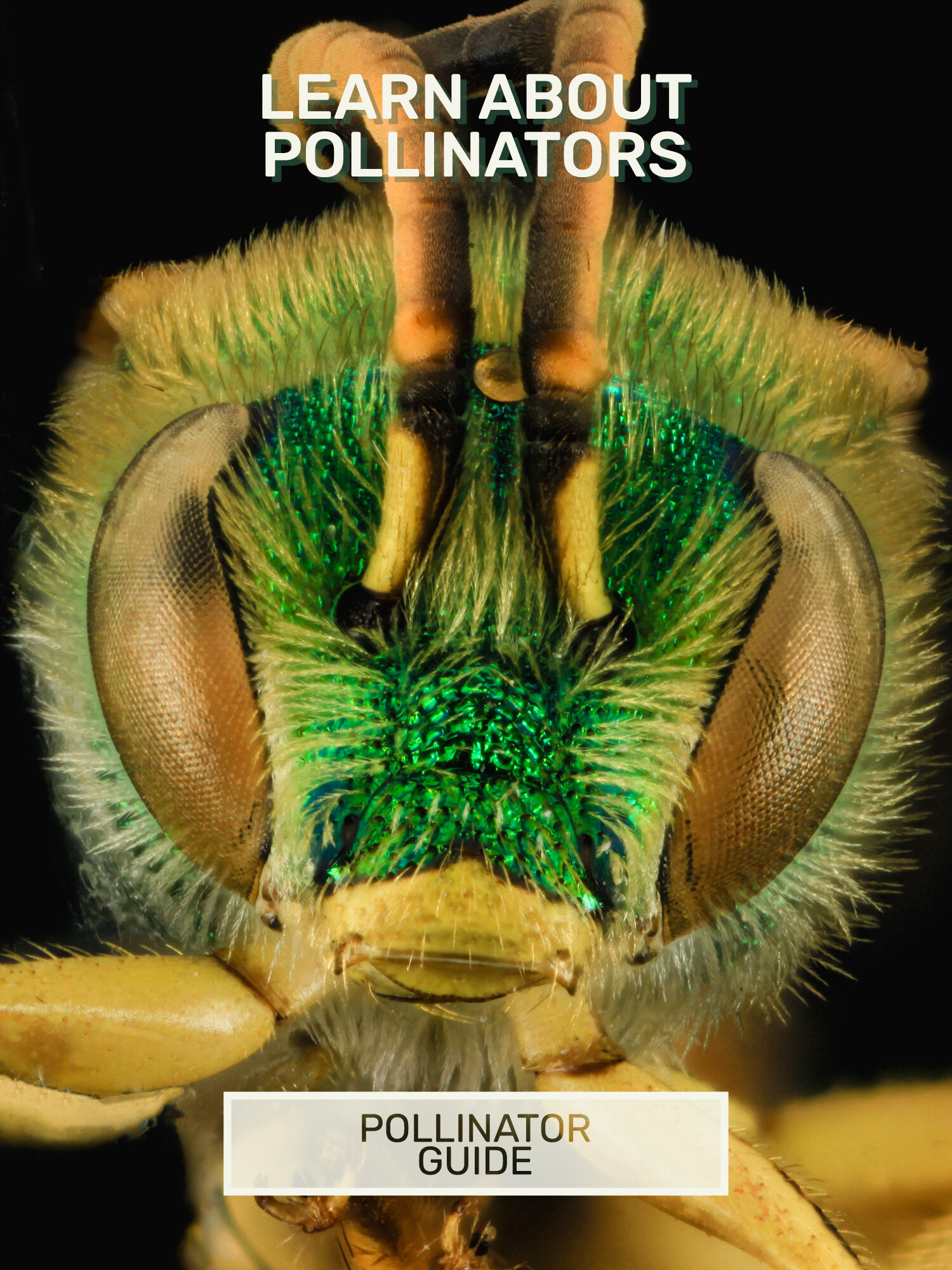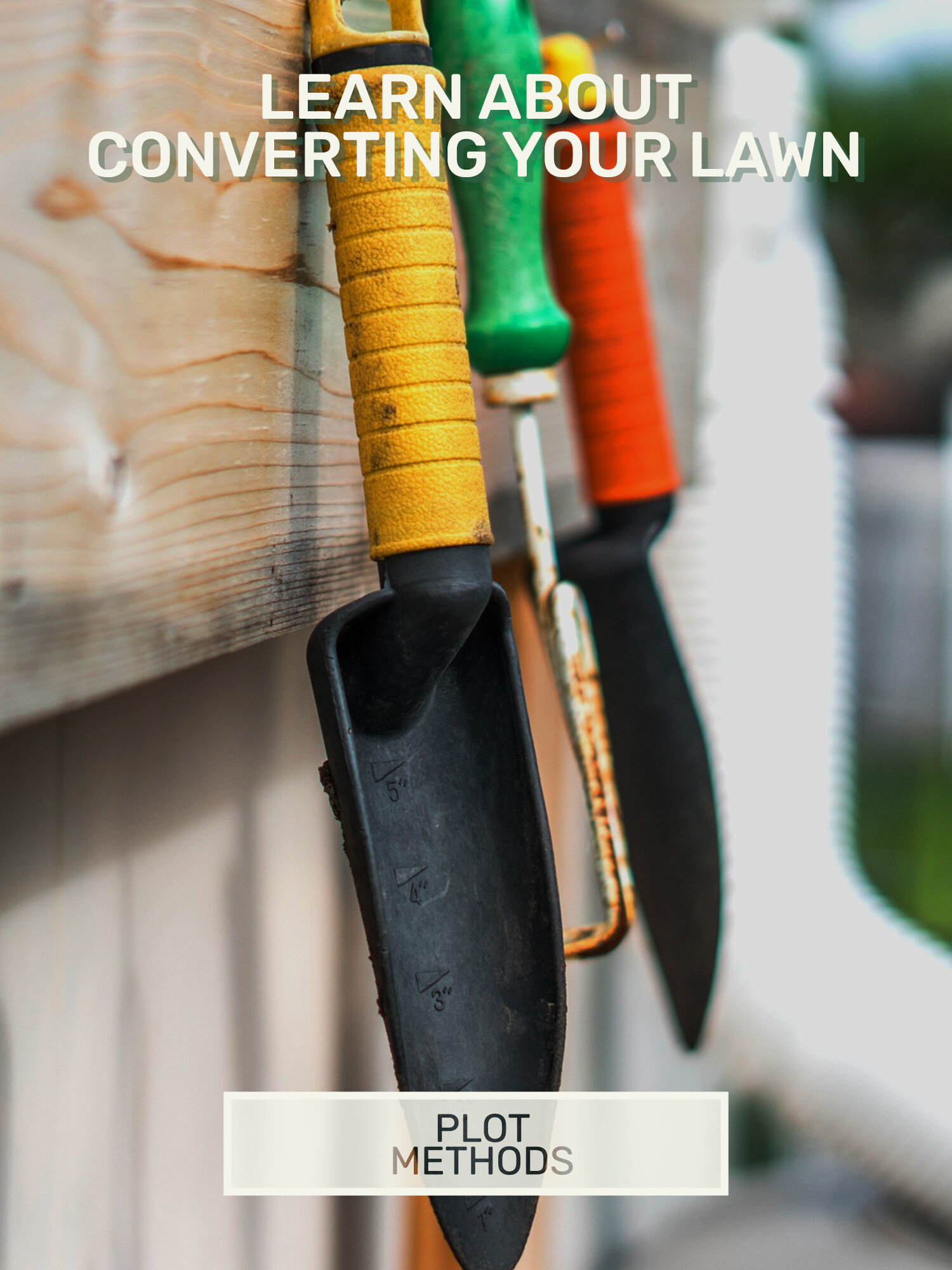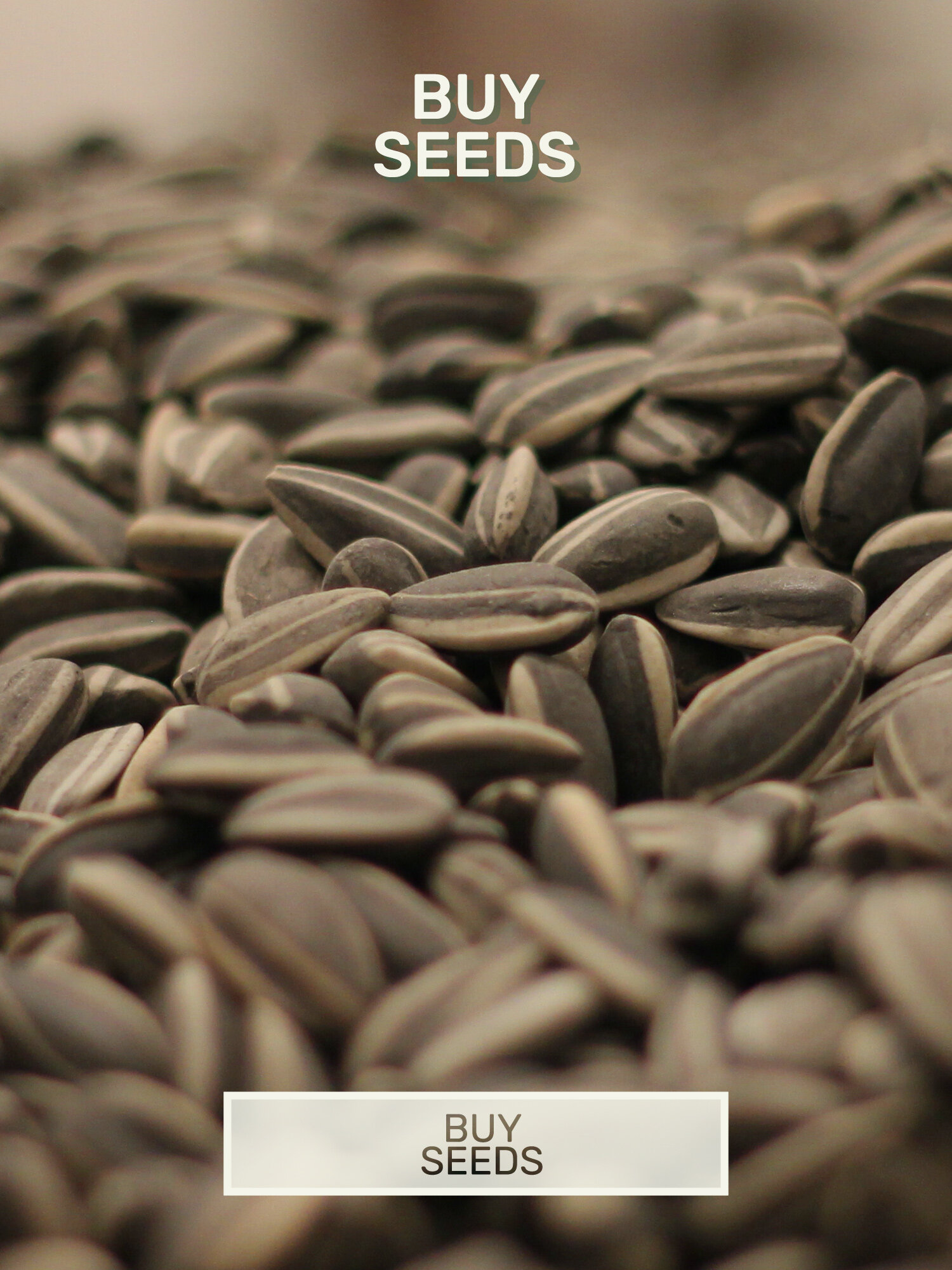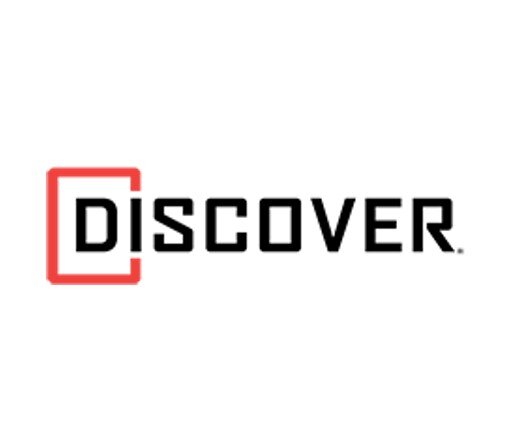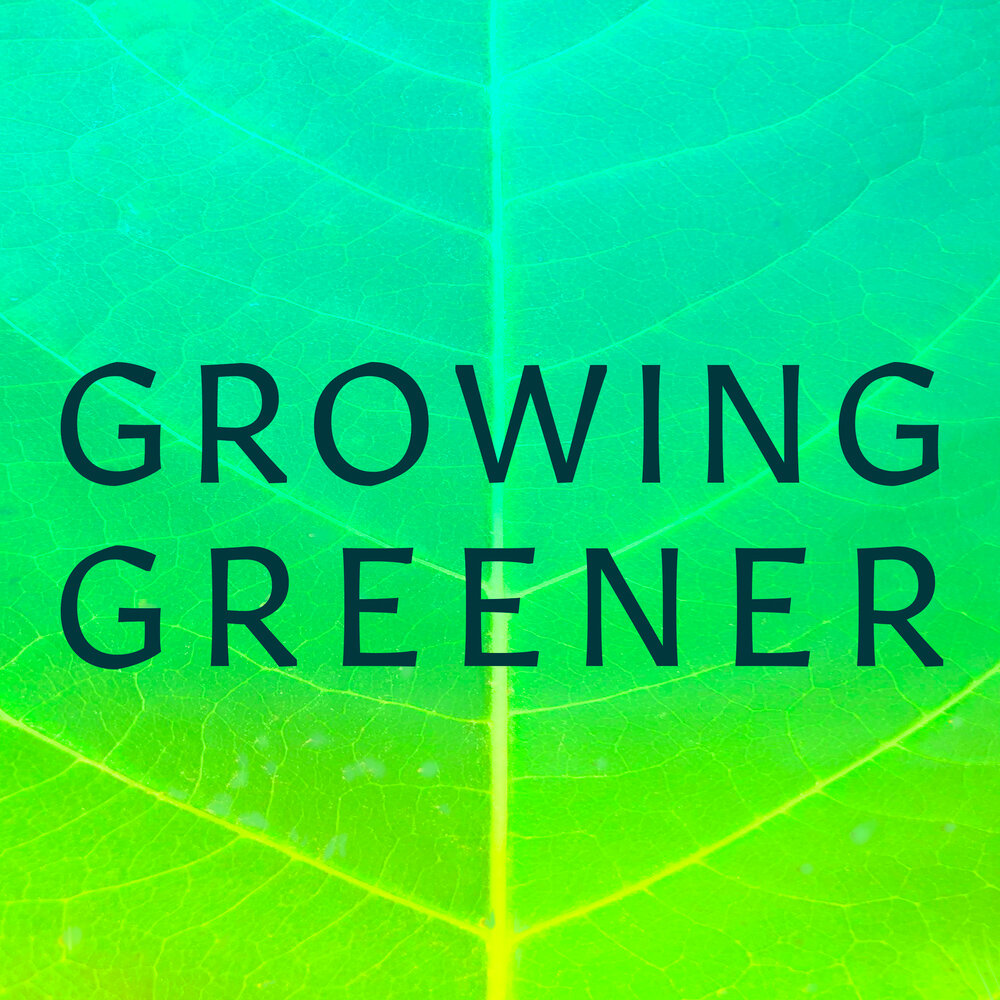POLLINATORS IN PERIL
Insects that pollinate flowers, like bees and butterflies, are in trouble. Habitat loss and pesticide use are causing widespread decline in native pollinators. And without them, many plants—including food crops—would die off.
Lawn to Wildflowers helps people create habitats for these helpful insects by turning turf grass lawns into native wildflower plots. Our mobile app makes it easy to create wildflower habitats and collect data on pollinator abundance and diversity. As a public scientist, your participation will not only make your local landscape more beautiful, but also give bees and butterflies a place to thrive.
WHY CONVERT LAWNS TO WILDFLOWER HABITATS?
In addition to offering little-to-no habitat for pollinators, lawns also have other environmental costs. Turf grass lawns cover over 40 million acres in the United States, which is about 2% of its total continental land area. This makes turf grass the most common irrigated crop, covering more area than the next eight types of irrigated crops combined. To keep all that grass growing, 50 to 75% of the domestic water supply is used, adding up to over 20 trillion gallons a year. Lawns are also major sources of pollution from fertilizer and pesticide run-off—all for a type of landscape that doesn’t produce food or provide other critical economic benefits.
Because lawns cover a such large area and are a common part of the landscapes we encounter every day, converting those areas to native wildflower plots is both possible for people to do and impactful for pollinators’ survival.
OUR SUPPORTERS
Lawn to Wildflowers was founded in 2018 by researchers and the University of Central Florida. We are funded by a Pollinator Health Fund grant from the Foundation for Food and Agriculture Research.
We are currently working toward the three goals listed above, and we encourage you to sign up for our newsletter to keep up with our progress and to learn about how you can be part of the movement promoting native plants and pollinators.

